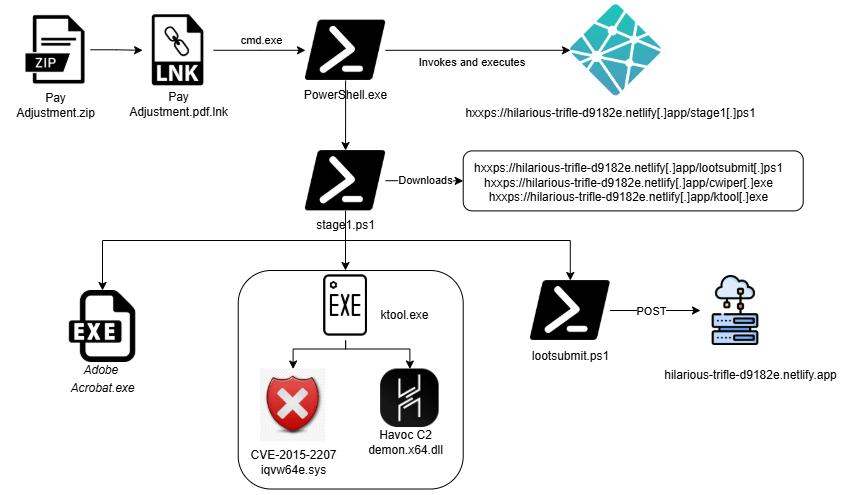
Flax Typhoon, a Chinese state-sponsored APT group, has shown a significant evolution in its cyber espionage activities since mid-2021, primarily targeting Taiwanese entities while expanding globally to North America, Africa, and Southeast Asia. The group’s strategic focus aligns with Chinese government objectives, utilizing sophisticated techniques to maintain prolonged access to compromised networks.…
Read More 









